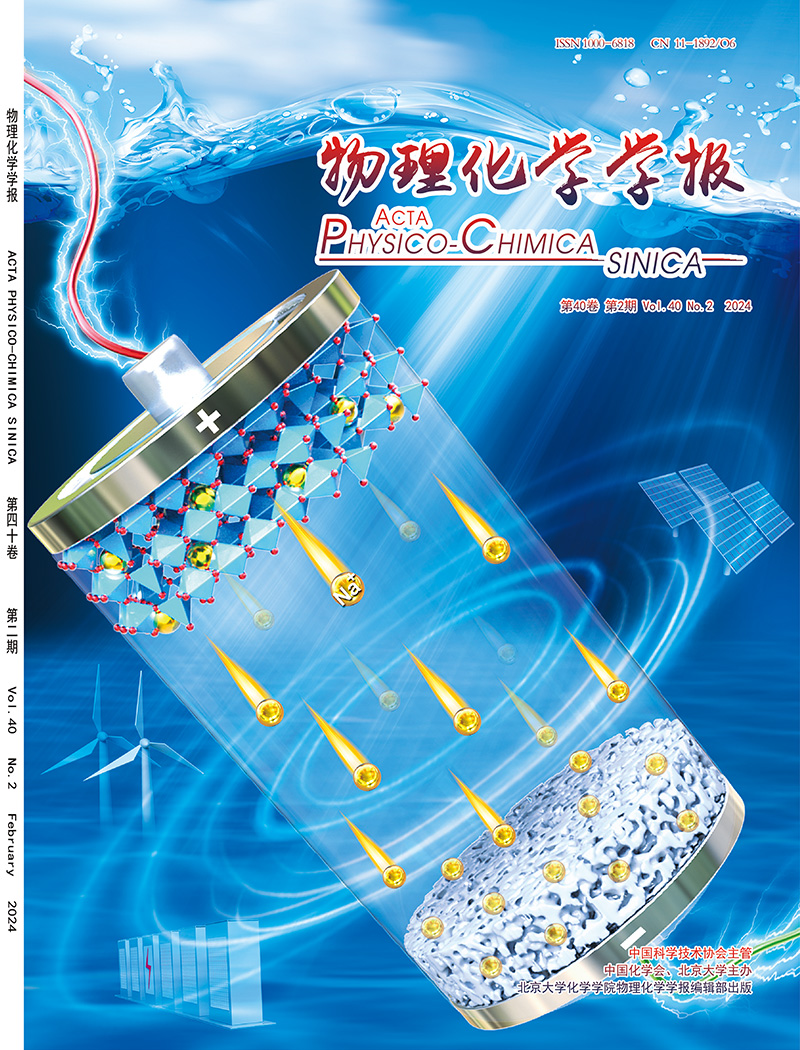NH2-UIO-66 Based Hydrophobic Porous Liquid with High Mass Transfer and Affinity Surface for Enhancing CO2 Photoreduction
IF 10.8
2区 化学
Q1 CHEMISTRY, PHYSICAL
引用次数: 0
Abstract
Increasing the CO2 concentration on the surface of the photocatalysts helps to increase the reaction dynamic rate of the photocatalytic CO2 reduction. However, the low solubility and poor mass transfer of CO2 in aqueous phase seriously hinder the adsorption and conversion of CO2 at the active site. In this work, the porous liquid photocatalyst (NH2-UIO-66 PL) with strong hydrophobicity has been synthesized by grafting the hydrophobic liquid end long-chain (PDMS) onto the amino site of metal-organic framework (NH2-UIO-66). It is found that the NH2-UIO-66 PL with permanent porosity causes a large amount of CO2 to be concentrated in the porous liquid cavity for transporting and diffusing CO2 onto the photocatalyst surface rapidly, and then the CO2 affinity surface with high positive potential and key intermediates for activation reduction reactions are formed with the grafting of hydrophobic PDMS, leading to stronger electron enrichment Zr active sites for enhancement of the overall CO2 reduction ability. As a result, NH2-UIO-66 PL achieved CO2 photoreduction with a CO yield of 24.70 μmol∙g−1∙h−1 and CH4 yield of 7.93 μmol∙g−1∙h−1, which is 2.3-fold and 2.7-fold compared to hydrophilic NH2-UIO-66, respectively. This research provides a novel design of hydrophobic porous liquids to provide industrial possibilities for high CO2 adsorption and reduction.
- Download: Download high-res image (157KB)
- Download: Download full-size image
求助全文
约1分钟内获得全文
求助全文

 求助内容:
求助内容: 应助结果提醒方式:
应助结果提醒方式:


